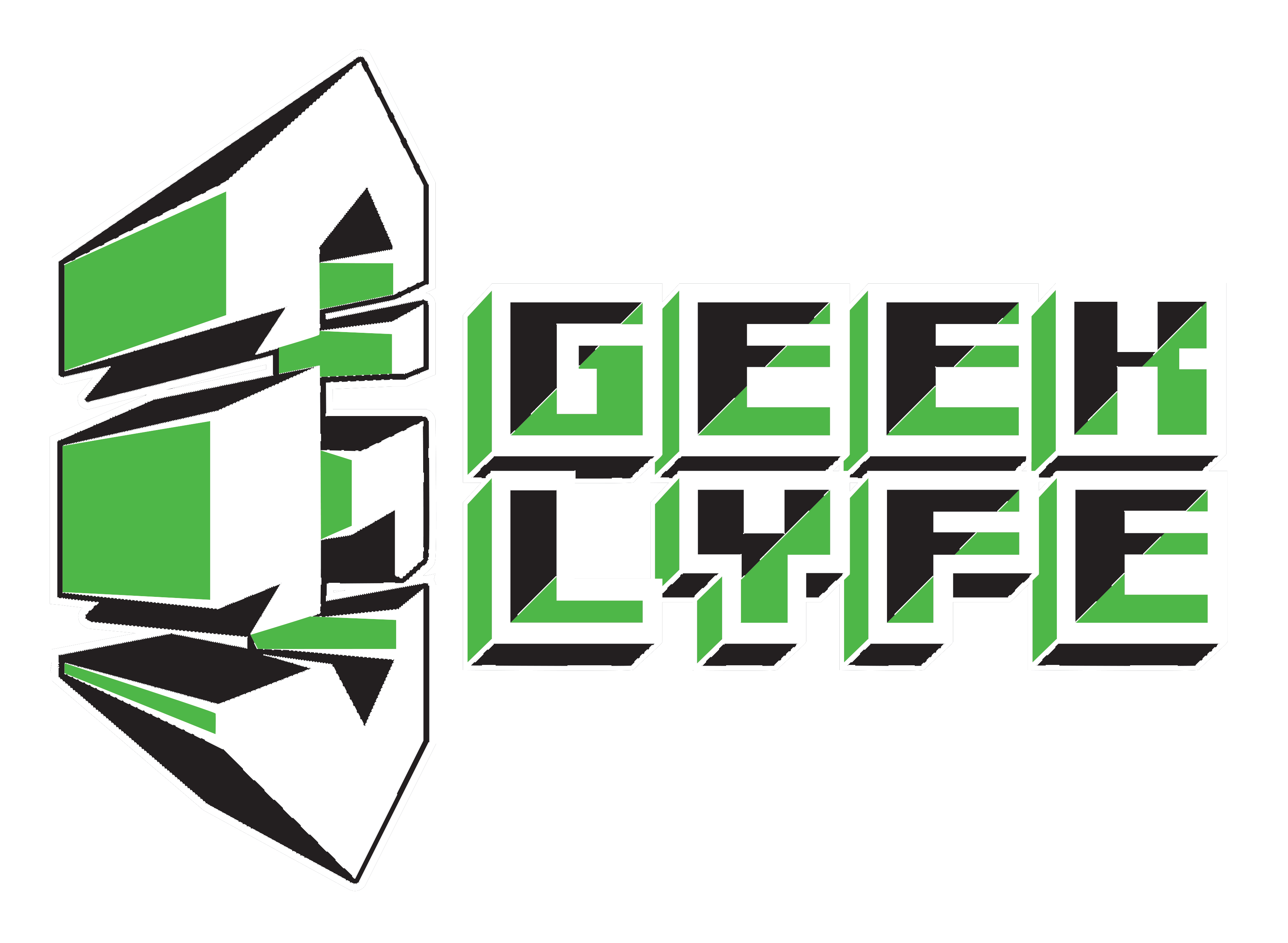
Cosplay has become an international sensation in recent years, giving people a unique outlet to express themselves with their art.
It’s also become a competitive pastime, where people from all parts of the world gather to show off their skills.
No matter your reason for getting into cosplay, there’s always a need for the right props to help you get started.
If you’re thinking about skipping the process of building your own and buying items from a cosplay shop instead, think again.
Making your own cosplay props is an integral part of the cosplaying process because it allows you to add personal flair to your outfit.
You can make your own swords, shields, and bow, and arrows for a fraction of the cost from a cosplay supplier, and you will feel a sense of accomplishment from the creative experience.
But when it comes to cosplay props, you may have no idea where to even start.
That is where our guide comes in!
Choose The Best Materials For Making Cosplay Props
You don’t have to reinvent the wheel to create an awesome cosplay costume. Try out these top three materials to get started:
Thermoplastics
Warming thermoplastics slightly with a heat gun causes them to become flexible, but they retain their shape when hardened.
EVA foam
This flexible and pliable foam is easily fashioned. Once worn, it remains flexible.
PLA
It is possible to 3d print cosplay props with this biodegradable plastic, including lightsabers, elf horns, helmets, and even entire bodysuits.
Choose Your Tools Wisely
Check out these tools that are best for cosplay creation:
Dremel
An electric tool or a flexible shaft is also suitable for shaping, carving, engraving, and beveling foam.
Scalpel craft knife
The EVA foam can be cut easily with this blade. Using an extremely sharp scalpel, you ensure a clean cut saving you time later on down the road.
3D printer
You can print a lot of cosplay props from models, which you can make by using 3D design software or downloading files from the web.
Heat gun
Using a heat source to blast foam and thermoplastics softens them, making them pliable and easy to handle.
Choose The Right Glue For The Job
It’s very likely that you’ll use lots of glue as a cosplayer.
The parts and layers of a cosplay costume are typically held together with adhesives.
Cosplayers that need to make truly fantastic cosplay pieces can rely on these glues:
Contact adhesive
With this strong glue, you can bond EVA foam and other flexible materials together with a strong bond.
The surfaces should be covered with a thin layer of adhesive, allowed to dry for a moment, and then pressed firmly together and left to sit for a few minutes.
Hot glue gun
It is perfect for strengthening inside seams on costumes and props after being used with contact glue.
Use The Right Accessory
You’ll need your multi-tool next after you glue your cosplay design entirely together.
You can select from a wide range of accessories.
For rough shaping, use a 60 grit Sanding Band; for smoothing edges, use a 120 grit, and for a perfect finish, use a grinding stone.
Or use the engraving cutter to make realistic patterns or creases on the surface of thermoplastics or leather.
Get your accessories right, and your cosplay will stand out among the other costumes.
Make Sure Your 3D Printed Pieces Are Clean
Using PLA, a cosplay prop will benefit from being smoothed to prevent the layer lines from showing and prepared for painting if required.
A 3D printed piece is usually cleaned up by sanding.
Cosplay props can be rubbed gently with sandpaper until they reach the desired smoothness using a cosplay prop file.
Use sandpaper in differing grits, from smooth (400) to rough (120), to get blemish-free results. Now your cosplay work is ready for painting.
Paint Your Parts To Finish Them Off
A coat of paint will turn your homemade cosplay piece into a fantastic work of art, and it’ll transform a plastic-looking armor into something metallic, make props look old, and add highlights and shadows.
Put on an organic vapor mask while working in a well-ventilated room. Priming EVA foam objects with spray-on rubber are the first step.
Paint the flexible foam with an airbrush and not a regular automotive spray paint as it will crack.
You Can Use Cosplay Templates To Speed Things Up
Not sure where to start design-wise?
There is no need to worry because cosplayers who create costumes and props for conventions have the expertise you need.
It is amazing how many patterns already exist so long as you start with an anime character or a movie hero – or villain!
Many are free to download.
If you don’t know where to start, you can find cosplay templates on Google, Etsy, or through Facebook groups and online forums.
Summary
Cosplay is not just a fun hobby to get involved with; it is a tangible creative art form that requires skill and imagination.
Hopefully, by following this guide, you will be able to create some works of art and dazzle your friends when attending conventions.
Chicano | Fighting/Writing for Diversity | DM since 08 | Anime Lover | Site: https://www.thegeeklyfe.com | info@thegeeklyfe.com | http://twitch.tv/that_deangelo | https://linktr.ee/deangelomurillo





Apsetup
Very informative content.The Victony wifi extender sets it up through the browser http://ap.setup and uses the WPS method.
mwlogin
Great job
Mercusys router setup with mwlogin.net
Nikki_boagreis
Very informative article really enjoyed reading this thank’s for submitting this post!